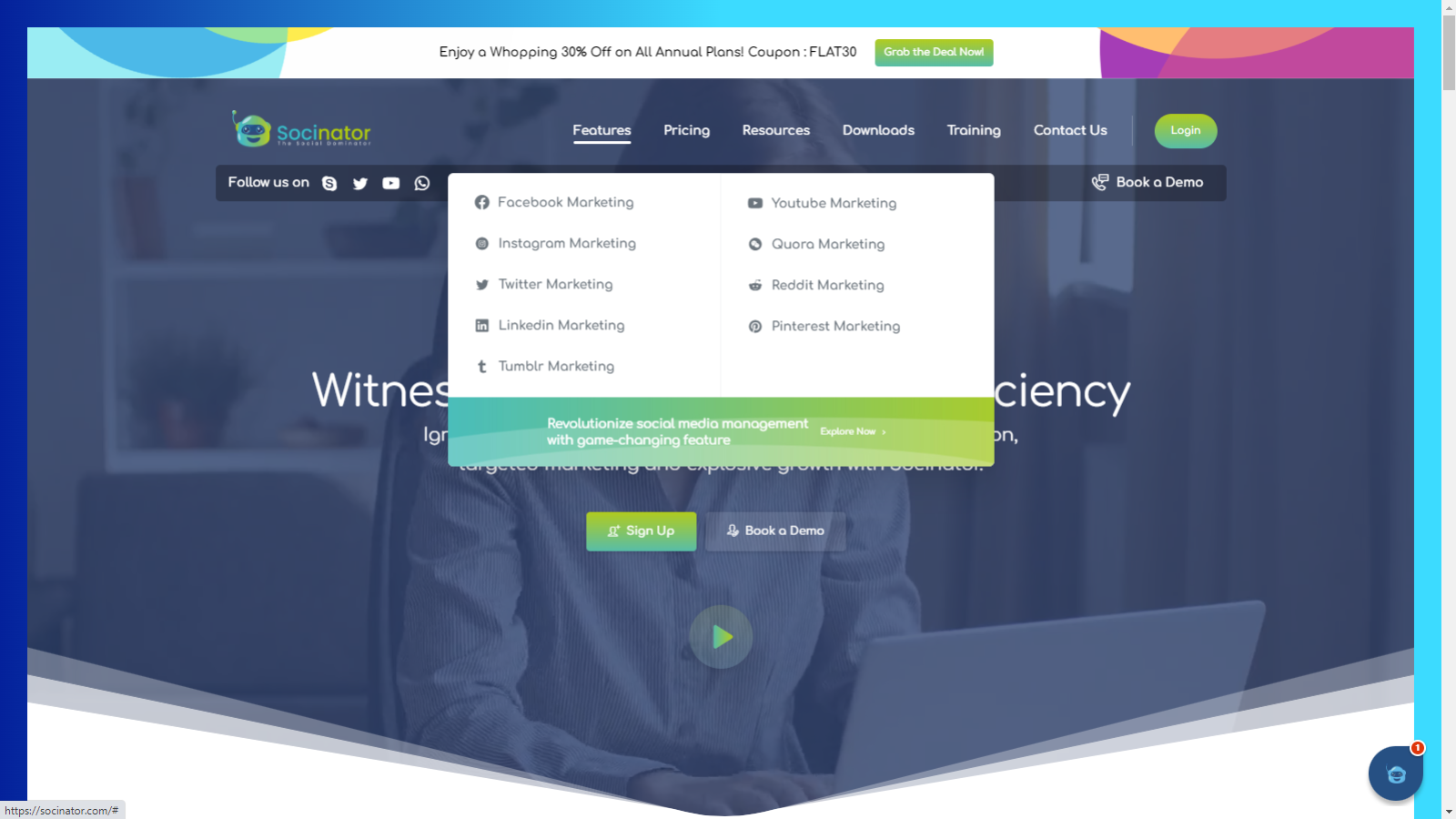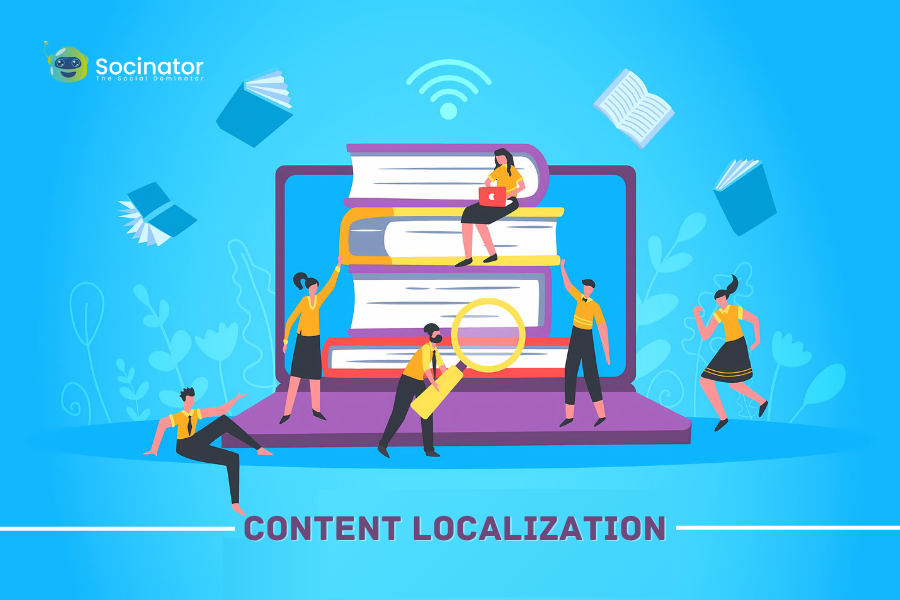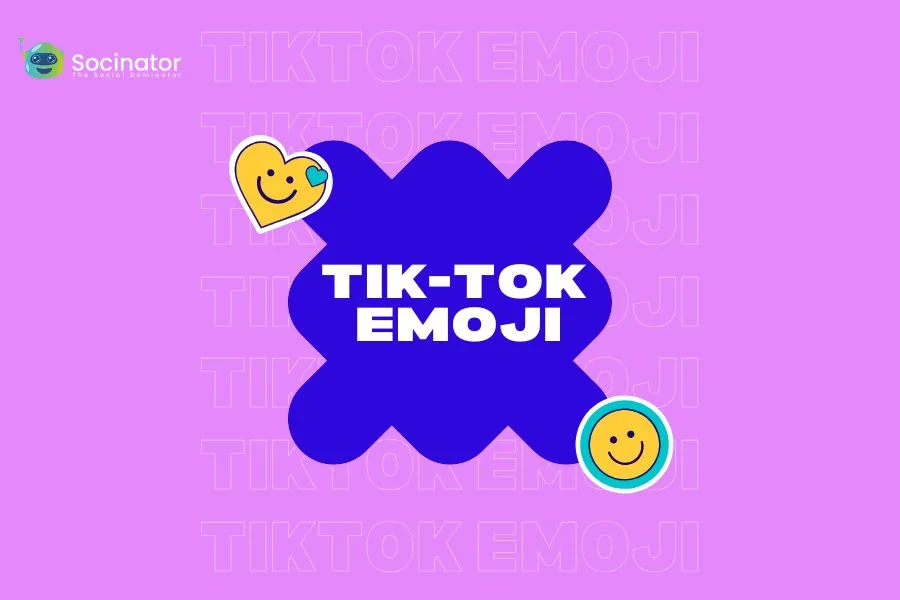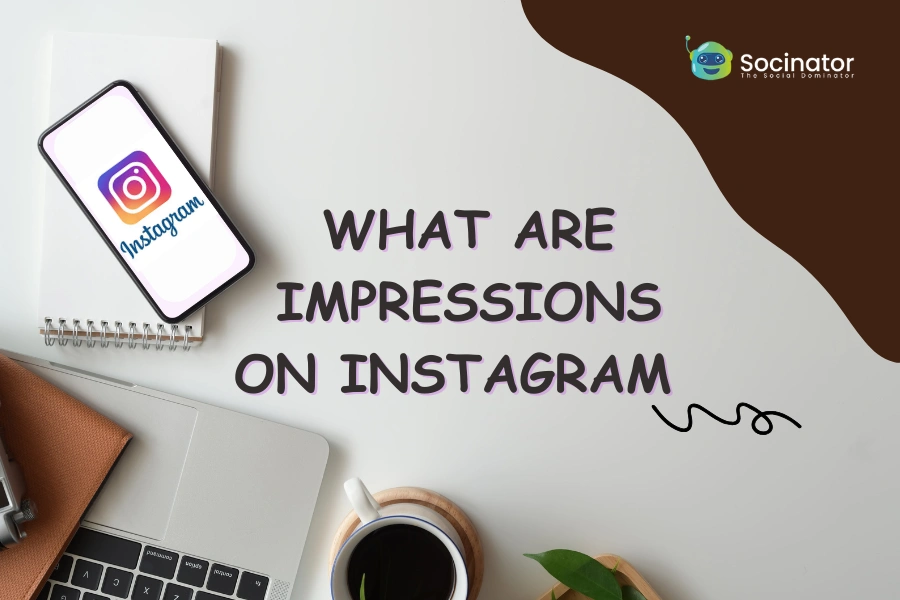You are planning to step into new markets, and you’ve made all the preparations. But have you considered content localization?
And no, we’re not just talking about translation; we’re talking about localizing the content. It’s more than just converting words from one language to another; it’s about adapting your message to resonate with the unique cultural nuances of your target audience.
You’re not alone if you’ve confused localization with simple translation. Many overlook the importance of tailoring content to suit specific cultural, linguistic, and socio-political variations of diverse markets.
In this blog, we’ll dive deep into what is localized content and why it’s essential for your success in new markets. From understanding the intricacies of localized content to unlocking its benefits, we’ve got you covered.
But that’s not all. We’ll also explore various strategies that will help you break into new markets effectively. So, if you’re ready to take your global expansion to the next level, let’s get started.
Hit ‘Play’ Button & Tune Into The Blog!
What Is Content Localization?
Content localization refers to the process of adapting digital content to suit the linguistic, cultural, and other regional norms of specific target audiences.
The goal of content localization is to make the content feel as though it was created to target audience from a specific region, taking into account their cultural norms, values, sensitivities, as well as political and religious considerations.
What Is The Localization Of Social Media Content?
In the case of social media, content localization involves tailoring posts, images, videos, and other media elements to suit the diverse audiences that platforms attract. This includes customizing not only the language but also the imagery, tone, and even the timing of posts to align with the cultural context of each target market.
Yes, you read it right; content localization isn’t only about translating and making content relevant to local culture. Timing of postings also plays an important role in maximizing engagement and impact.
Social media automation tools can streamline this process, allowing businesses to schedule posts for optimal times across different time zones and audiences.
One such tool is Socinator, which can assist in scheduling your social media content. Try Socinator today and experience seamless social media management!
Why Is Content Translation Not Enough?
 While content translation is a fundamental step in reaching international audiences, it often needs to improve in connecting with them on a deeper level. Merely translating content word-for-word may lead to misunderstandings, cultural insensitivity, or even alienation of the target audience.
While content translation is a fundamental step in reaching international audiences, it often needs to improve in connecting with them on a deeper level. Merely translating content word-for-word may lead to misunderstandings, cultural insensitivity, or even alienation of the target audience.
Localization, on the other hand, takes into account the intricacies of language and culture, ensuring that the content not only communicates the message accurately but also resonates with the audience emotionally and culturally. By embracing localization, brands can foster trust, loyalty, and meaningful connections with their global audience and drive meaningful engagement on social media platforms.
Why Content Localization Matters?
Content localization holds significant importance in today’s interconnected global marketplace. In a world where businesses aim to expand their reach beyond borders, effectively connecting with diverse audiences is essential for success. Here are key reasons why a robust content localization strategy matters:
Enhanced Audience Engagement
Tailoring content to specific audiences’ cultural and linguistic preferences increases engagement. When content resonates with the target audience, they are more likely to interact, share, and respond positively.
Improved Brand Perception
Localization demonstrates a brand’s commitment to understanding and respecting its audience. Brands can increase trust and credibility by communicating with customers in their own language, resulting in a positive brand perception.
Market Penetration
Localization enables businesses to penetrate new markets effectively. By adapting content to local context, brands overcome language and cultural barriers, paving the way for successful market entry.
This also applies to franchise marketing, where standardized brand messaging must resonate with local audiences while maintaining brand consistency.
Reduced Risk of Miscommunication
Localization minimizes the risk of misinterpretation or misunderstanding caused by cultural or linguistic differences. By adapting content to local norms and conventions, businesses can avoid inadvertently offending or alienating their audience.
Better SEO Performance
Localizing content can improve search engine optimization (SEO) performance in different regions. By using region-specific keywords, phrases, and idioms, businesses can increase their visibility in local search results and attract more organic traffic.
Higher Conversion Rates
Localized content is more persuasive as it speaks directly to the needs and preferences of the target audience. This can lead to higher conversion rates, whether it’s for sales, subscriptions, or other desired actions.
Competitive Advantage
Businesses that invest in content localization gain a competitive edge in the global market. They can differentiate themselves from competitors who neglect localization and are more likely to capture market share in diverse regions.
Content Localization Practices For Social Media Marketing Strategy
Creating a robust social media strategy that leverages content localization can significantly enhance your brand’s presence and engagement in diverse markets. Consider the following strategies to maximize the effectiveness of content localization efforts:
Conduct Market Research
Understanding the cultural, linguistic, and socio-economic characteristics of your target markets is essential for effective content localization. Conduct in-depth market research and audience analysis to identify audience preferences, behavior patterns, and cultural nuances.
Schedule Your Posts
Posting at the right time is crucial for maximizing the visibility and engagement of social media content. However, managing multiple regions adds complexity to this task, as it can be challenging to coordinate posting times across different time zones. Fortunately, there’s a solution: scheduling posts in advance. By scheduling posts in advance, marketers can ensure that content is delivered at optimal times for each region without requiring manual oversight.
Businesses can easily schedule and manage posts across multiple platforms using social media automation tools like Socinator.
Optimize Delivery Of Social Media Content With Socinator
 Let’s explore some key features of Socinator that can take your social media endeavors to the next level:
Let’s explore some key features of Socinator that can take your social media endeavors to the next level:
Post Scheduling
Socinator allows you to schedule posts in advance for specific dates and times, ensuring that your content is published at optimal times for each region. You can create a posting schedule tailored to the peak activity hours of your target audience in different time zones.
Bulk Scheduling
Save time and streamline your workflow with Socinator’s bulk scheduling feature. You can schedule multiple posts at once for different regions, making it easy to plan and organize your content calendar efficiently.
Content Rotation
Keep your social media feeds fresh and engaging with Socinator’s content rotation feature. You can create a library of content variations for each region and schedule them to rotate automatically, ensuring that your audience receives diverse and relevant content over time.
Multi-Platform Support
Socinator is versatile in supporting a wide range of social media platforms, including Facebook, Twitter, Instagram, LinkedIn, Pinterest, and more. You can conveniently schedule posts across these platforms from a single dashboard, streamlining your posting process and ensuring consistent outreach across diverse social media channels.
Multiple Account Management
With Socinator, you can efficiently manage multiple social media accounts for different regions or brands from one centralized platform. This simplifies account management and allows you to maintain consistent branding and messaging across all your accounts.
Analytics and Reporting
Track the performance of your scheduled posts with Socinator’s built-in analytics and reporting tools. Monitor engagement metrics such as likes, comments, shares, and click-through rates to evaluate the effectiveness of your content and make data-driven decisions to optimize your social media content strategy.
With Socinator, scheduling and managing social media accounts across multiple platforms is easy. By leveraging its powerful scheduling features, you can ensure that your content reaches the right audience at the right time, driving maximum visibility and engagement across global markets.
Tailor Content To Fit Regional Preferences
Adapt your content to resonate with the preferences, values, and cultural norms of specific regions. It includes customizing language, imagery, tone, and messaging to align with local sensitivities and preferences. Pay attention to cultural references, holidays, and traditions to ensure that your content feels authentic and relatable to local audiences.
Collaborate With Local Experts or Agencies
Collaborating with local experts or agencies can provide valuable insights and expertise in language and cultural nuances. Partnering with native speakers, translators, and cultural consultants can help ensure the accuracy and authenticity of your localized content. Local agencies can also provide valuable guidance on regional market trends, consumer behavior, and regulatory requirements.
Collaborate With Local Influencers
 Partner with local influencers and content creators who have a strong following and influence in your target markets. Collaborating with influencers can help amplify your brand’s reach, credibility, and engagement among their followers. Choose influencers who align with your brand values and target audience demographics to maximize the impact of your collaborations.
Partner with local influencers and content creators who have a strong following and influence in your target markets. Collaborating with influencers can help amplify your brand’s reach, credibility, and engagement among their followers. Choose influencers who align with your brand values and target audience demographics to maximize the impact of your collaborations.
Creating Multilingual Social Media Pages
Establishing multilingual social media pages allows you to engage with diverse audiences in their preferred language. Create separate social media accounts or sections within existing accounts for different language groups. This demonstrates your commitment to inclusivity and facilitates seamless communication with global audiences.
Choose Your Platforms
Selecting the right social media platforms for localization is crucial. Identify platforms that are popular among your target audience in each region and prioritize those for localization efforts. Consider factors such as user demographics, platform features, and cultural relevance when choosing platforms for localization.
For instance, while Facebook Marketplace may dominate in the American region, it might not enjoy similar popularity in others. In such cases, exploring Facebook Marketplace alternatives becomes essential to ensure your brand’s visibility and engagement across diverse markets.
Also Read
5 Ultimate Facebook Marketplace Alternatives
How To Manage Multiple Social Media Accounts Like An Expert
The Ultimate Guide For Successful Franchise Advertising Strategy 2023
Final Thoughts
Content localization is the key to unlocking the full potential of your global expansion efforts. By adapting your message to resonate with the unique cultural traits of diverse audiences, you can foster deeper connections, enhance brand perception, and drive meaningful engagement.
From tailoring social media content to leveraging advanced automation tools like Socinator, every step towards localization brings you closer to success in new markets. Implementing a localized content strategy isn’t just a choice; it’s the key to unlocking untapped markets and forging deep connections with your global audience.
With the right approach and tools, the world is yours to conquer. Start localizing, expand, and watch your brand soar to new heights of global prominence.







